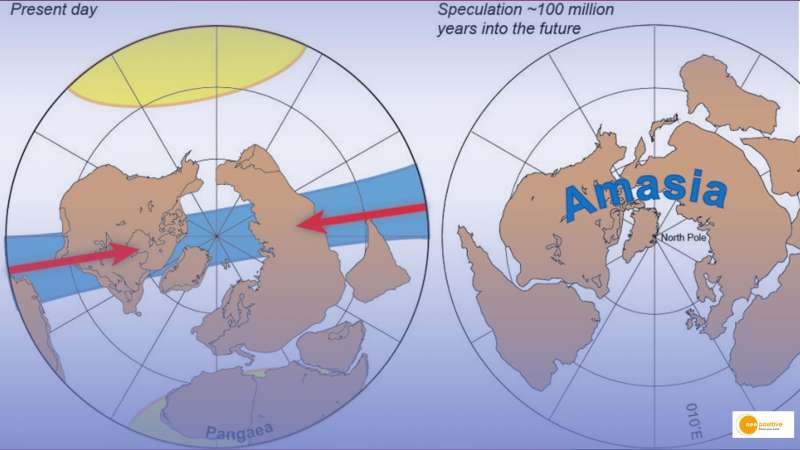

According to scientists, the Pacific Ocean is closing in on itself and will form a new supercontinent called Amasia. According to Australian experts, the Pacific Ocean is shrinking slowly but steadily, perhaps by one inch per year. As it does so, the tectonic plates that support the Americas shift westward.
The Earth’s landmasses will eventually come together, albeit not for another 200 or 300 million years, with the Americas and Asia colliding to form a new supercontinent: Amasia.
Formation of new supercontinent
Using supercomputer simulations, scientists at Curtin University in Perth, Australia, predicted the formation of a new supercontinent.
“Earth’s known supercontinents are believed to have formed in vastly different ways, with two endmembers being introversion and extroversion,” they write in the National Science Review.
“The former involves the closure of the internal oceans formed during the break-up of the previous supercontinent, whereas the latter involves the closure of the previous external superocean.”
They add: “However, it is unclear what caused such a diverging behavior of supercontinent cycles that involved first-order interaction between subducting tectonic plates and the mantle. Here we address this question through 4-D geodynamic modeling using realistic tectonic setups.”
A 2012 report in Science said the geological record “reveals that in the past 2 billion years or so, there have been three supercontinents”.
Lead author Chuan Huang, from Curtin’s Earth Dynamics Research Group said: “Over the past 2 billion years, Earth’s continents have collided together to form a supercontinent every 600 million years, known as the supercontinent cycle. This means that the current continents are due to come together again in a couple of hundred of million years’ time.”


